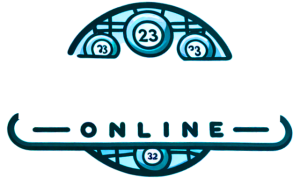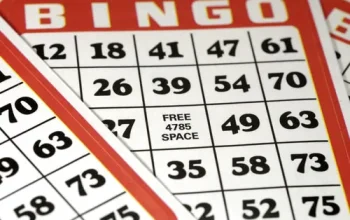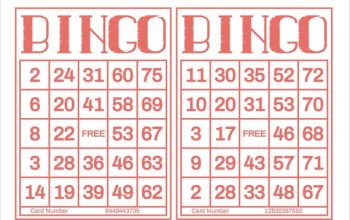Bingo Through the Ages: A Historical Journey provides a detailed account of Bingo’s history and influence on society from its origins through to modern variations.
The precursor to modern lottery emerged in Italy around 1530 under the name Lo Giuoco del Lotto D’Italia and closely resembled its modern form in many aspects.
Origins
Bingo captures the essence of humanity like no other game can. Found everywhere from bustling seaside resorts to peaceful community centres, bingo has made an indelible mark on our culture. In this engaging and comprehensive book we examine its long and colorful history from humble origins through its undeniable impact on society today.
Bingo’s origins can be traced to an 16th-century Italian lottery game called Lo Giuoco del Lotto d’Italia. Over time, its popularity spread throughout Europe as an educational tool to teach children spelling, animal names and historical dates. When it reached America in 1929 under its original name Beano due to the use of beans to mark numbers; after hearing an ecstatic winner accidentally shout “bingo!” instead of “beano!” Edwin S Lowe from New York then changed this name after overhearing an excited winner exclaimed “bingo!” He expanded upon this product by increasing combinations while marketing his product as Bingo.
Rules
Bingo may seem like a game of chance, but there are strategies available to you that can increase your odds of winning. One approach is selecting cards with numbers nearer the median of 38; alternatively you could use statistical tools like Tippet’s Theory as a guide when selecting numbers for bingo cards.
The game eventually made its way from Italy to France and eventually to our modern version – Le Lotto in French – where it developed further until eventually leading us here today. Le Lotto consisted of nine rows and three columns on a board similar to today’s 90-ball bingo game.
The game also evolved with the introduction of special markers. At first, players used beans; eventually they switched over to blotters – or daubers – which allowed for faster marking off numbers quickly and more accurately. Many still bring along their lucky blotter when they play; some players even customize their markers with unique felt tips and ink colors for added flair!
Variations
The Lotto has become popular throughout history. It can be traced back to an Italian lottery game called Lo Giuoco del Lotto d’Italia dating from 16th-century Italy; later evolving into French version Le Lotto during 18th-century France; then spreading further across Europe during German educators use of cards for teaching children spelling, animal names and historical dates using cards as a teaching aid.
After its arrival in America in 1929, bingo made its way to country fairs and carnivals across the US where it became both fun and money-raising entertainment. Edwin S. Lowe from New York salesman saw it being played at an Atlanta carnival and began calling it Beano; but upon hearing an excited shout of Bingo from one of his friends after an exciting winning combination accidentally shouted out “bingo!,” coining its current name.
Prizes
Bingo has long been part of American culture, evolving with society since it first appeared during the Great Depression as a means of raising funds for churches and community organizations to becoming an lucrative commercial enterprise. Today it can also serve as a form of team-building exercises in workplace environments or serve as an ice breaker at social gatherings.
Prizes are one of the cornerstones of bingo, helping draw newcomers and keep existing players coming back for more. While cash prizes are usually distributed, some establishments provide vouchers or food as incentives as well. Some businesses even employ “floorwalkers” who provide change for machines that malfunction while addressing machine issues on an ongoing basis.
Social impact
Bingo can be an engaging social activity for elderly residents of rural towns, providing regular and reliable opportunities for social engagement that is vital in their lives. In addition, playing Bingo also offers respite from daily tasks while creating a sense of community spirit.
The book also addresses the socio-economic impact of bingo, noting its transition from traditional halls to online gaming and its wide-reaching appeal. Bingo draws players together from diverse backgrounds while being accessible for those with varying levels of mobility; furthermore it promotes civic engagement while providing family time. Indeed it has become an international phenomenon.




